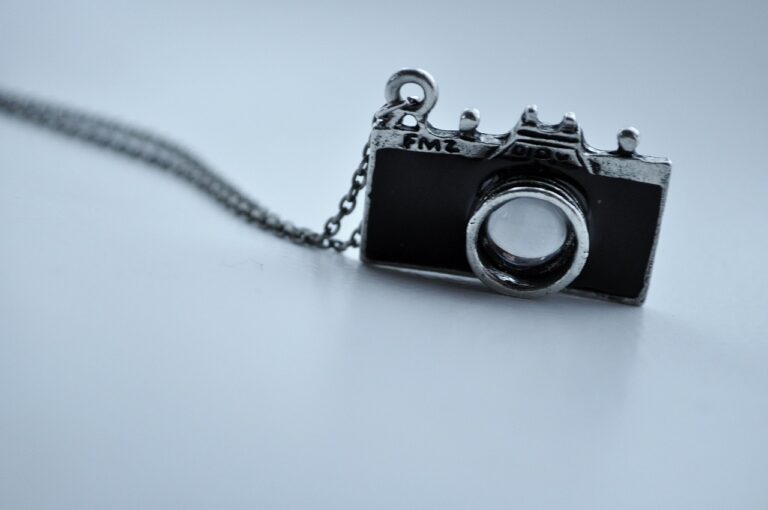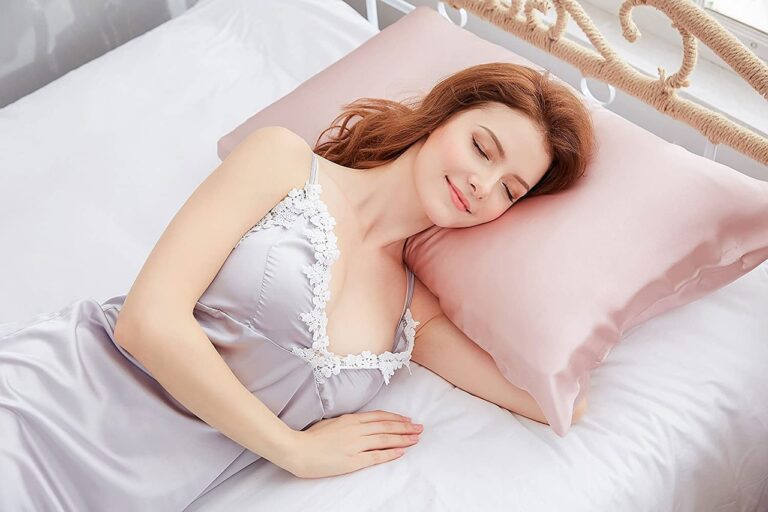Sustainable Fashion: Circular Economy Models and Closed-Loop Systems
The fashion industry faces a multitude of challenges in today’s fast-paced world. One of the biggest issues is the environmental impact caused by the production and disposal of clothing. The industry is known for its wasteful practices, such as overproduction and the use of non-biodegradable materials.
Furthermore, the pressure to constantly churn out new trends at a rapid pace has led to unethical labor practices in many parts of the world. Workers in developing countries are often subjected to poor working conditions and low wages in order to meet the demands of fast fashion. Addressing these challenges will require major shifts in the way the industry operates and a focus on sustainability and ethical practices.
• Overproduction and waste of non-biodegradable materials
• Unethical labor practices in developing countries
• Pressure to constantly churn out new trends at a rapid pace
• Need for major shifts towards sustainability and ethical practices
The Concept of Circular Economy
In the fashion industry, the concept of circular economy is gaining momentum as a sustainable approach to production and consumption. This model focuses on extending the lifespan of products through repair, reuse, and recycling, rather than the traditional linear “take-make-waste” system. By designing garments with durability, recyclability, and reusability in mind, brands can reduce waste and minimize their environmental impact.
Implementing a circular economy in fashion involves rethinking the entire product lifecycle – from sourcing raw materials to end-of-life disposal. Brands are exploring innovative solutions such as upcycling old garments, renting out clothes, and investing in biodegradable materials. By closing the loop and creating a more circular supply chain, the fashion industry can move towards a more sustainable future.
Benefits of Closed-Loop Systems in Fashion
Closed-loop systems in fashion contribute significantly to reducing waste and promoting sustainability within the industry. By reusing materials and minimizing the need for new resources, these systems help mitigate the environmental impact of clothing production. As fashion brands adopt closed-loop systems, they can make strides towards a more eco-conscious approach that aligns with the growing consumer demand for ethically produced garments.
Moreover, implementing closed-loop systems in fashion not only benefits the environment but also has economic advantages for businesses. By recycling materials and extending the lifespan of products, companies can potentially reduce production costs and improve their bottom line. Embracing closed-loop systems can lead to more efficient resource management, lower environmental footprint, and ultimately, a more sustainable future for the fashion industry.
What are some of the challenges faced by the fashion industry?
Some of the challenges faced by the fashion industry include overproduction, pollution, waste generation, and unsustainable consumption patterns.
What is the concept of circular economy in the fashion industry?
Circular economy in the fashion industry refers to a system where resources are kept in use for as long as possible, with maximum value extracted from them, and products and materials are reused, recycled, or upcycled at the end of their life cycle.
What are the benefits of closed-loop systems in fashion?
Closed-loop systems in fashion help reduce waste, decrease environmental impact, conserve resources, promote sustainable practices, and create a more circular and efficient industry.







